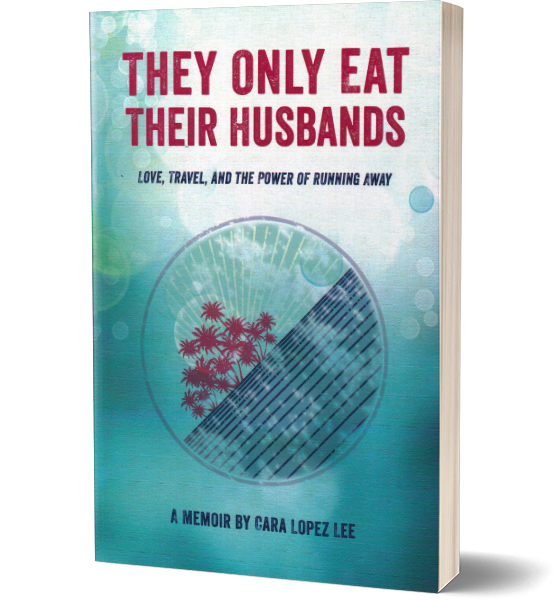I recently told my dad about a mistake I sometimes make while writing my novel: sometimes when I move a character into position for an important moment, I create a connecting scene in which I forget to include a conflict. How could I forget such an elemental storytelling requirement?
My father is a retired professor, and his response was something like, “That sounds formulaic.”
I almost spit on myself in my passion to set him straight. “No, that’s not formula, it’s fact. Without a conflict, there is no story.”

It’s the same thing I tell my students. But a group of third graders and Alice in Wonderland have made me reexamine my insistence on knowing what I know I know.
I’ve been teaching youth for Lighthouse Writers Workshop for three years, but this spring marked the first time I taught an eight-week workshop to third graders. The youngest kids I usually teach are fifth graders, so they’re already versed in mechanics and we can focus on creativity. Ms. Lauren’s third grade class at Escuela de Guadalupe was still working on mechanics, and they were also bilingual learners, engaged in the challenge of building vocabularies in two languages simultaneously. So, while we discussed how folktales express culture, we had to stop to define words like: culture, oral, harp, and cowherd. They caught on quickly. Still, would they be able to complete our project goal: to each write their own cultural folktale?
First, we needed to help them see that they each do have a culture, even though some of them had told Ms. Lauren they didn’t. That might be because most of these kids were Mexican-American. They embraced American things, like hip hop, hot dogs, and fierce independence, but also loved Mexican things, like carne asada, telenovelas, and close extended family. They didn’t understand that they didn’t have to choose.
A mixed-culture girl myself, I understand the feeling of living in two worlds – or more. So I shared three folktales from the countries of some of my ancestors: Mexico, China, and Ireland. Still, I feel a stronger connection to traditions I’ve learned in Los Angeles, Anchorage, and Denver, such as Mexican food, hiking, and swing dancing. When I suggested to the kids that Denver, its neighborhoods, and even individual families can represent different cultures, they grew excited. They called out various cultures they’re part of: “Soccer!” “Church!” and, with some coaxing, “Escuela de Guadalupe!” Together we created an oral story about the enchanted smart-board where Ms. Lauren writes their lessons. With that, they learned they’re also part of Ms. Lauren’s class culture.
At first, they seemed dumbfounded by the idea of writing a make-believe story about real-life traditions. It wasn’t easy to pry the lid off their imaginations. Can you understand my dismay when Magaly wrote about going to Country Buffet for her birthday? Or when Isabella wrote about watching a movie with her family and getting trapped inside the movie – only to tangle with zombies? At first, these ideas struck me as the most mundane or overwrought elements of popular culture. Then I reminded myself: pop culture is still culture, and a child’s world is a simple place of small wonders. I still remember the turkey-and-stuffing I used to order every week at the mall-cafeteria Grandmom and Grandpa took me to. And if I had no zombies, I had Zatoichie, the blind swordsman in the Samurai flicks Dad used to take me to.
I never let on that I was worried about my students’ ideas, because I have faith in the power of a story to transform the familiar into the magical. Felipe rewarded my faith with an exploding grill that turns ordinary carne asada into a giant carne asada monster, while Haven shared a Skype call to Grandma that landed the girl inside a world of biting, hissing computer wires.
I could not track each story through the entire process. But the kids clearly understood the need for a story to have a problem: when Yanely sent a family camping in the mountains, they couldn’t get home because their truck developed magic powers and flew away. And they clearly understood the need to solve their story’s problem: Ana’s family needed to destroy evil hamburgers that had grown arms and legs, and she wanted to know, “What if they pour water on them?”
I felt disappointed when a real-life family crisis called me home to Los Angeles, the very week my class was having a party to present their finished stories. Sometime during that trip to L.A., I had my conversation with Dad about stories needing conflict. When I returned home and read the kids’ stories, I should have been thrilled to see they had not forgotten this element. Instead, I experienced a momentary fear that I’d failed them, when I noticed an apparent lack of internal logic in several stories: Why, I wanted to ask Alexis, would an American Idol contestant climb a licorice rope to Hawaii?
That’s when Alice saved me. For unrelated reasons, I decided to reread Lewis Carroll’s Alice’s Adventures in Wonderland and Through The Looking Glass. When Alice ate a mushroom to make her shrink, for little more reason than to explore a tiny garden, and when the White Queen declared, “Why, sometimes I’ve believed as many as six impossible things before breakfast,” I had an epiphany. The incomprehensible madness of childhood imagination and the lack of a need for explanations is not something to fix, but to envy. I wonder if I’ll ever get back to that power of imagining that which makes no sense. I suspect that’s where a great story really begins.
So it is with pride that I invite you to read my class’s wacky stories, here. Please don’t ask me why sharks would come to Denver to interrupt a telenovela (Latin-American drama series). Just be grateful that 9-year-old Steve knows where to find the giant plug to drain the water, just in case it ever happens.




